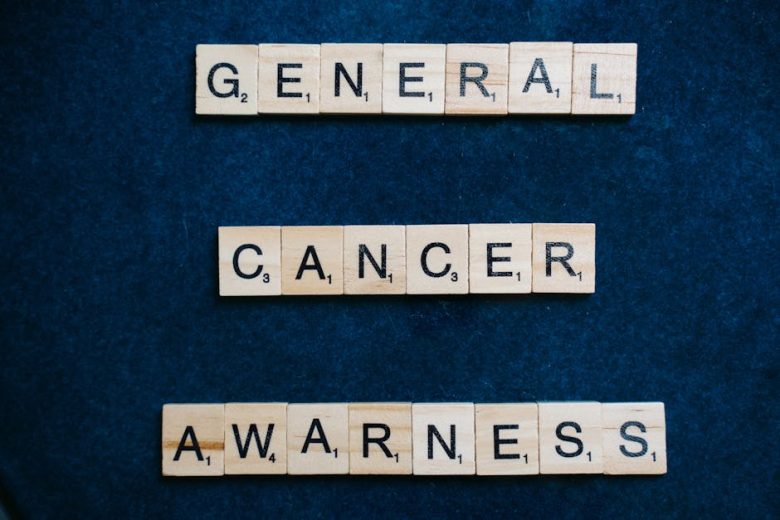In recent years, a silent crisis has been unfolding across the globe, one that has left families, communities, and policymakers grappling with its profound implications. The mental health of our youth is deteriorating at an alarming rate, with statistics revealing a sharp increase in anxiety, depression, and other psychological disorders among adolescents. This phenomenon is not just a statistic; it is a deeply human issue that affects the lives of countless young individuals and the fabric of society itself.
As we navigate this complex landscape, it’s crucial to understand the multifaceted factors contributing to this crisis. The pressures of modern life, including academic demands, social media influence, and the lingering effects of the COVID-19 pandemic, have created a perfect storm for mental health struggles among young people. The urgency to address this issue is palpable, as the stakes are incredibly high—not just for the individuals affected, but for society as a whole.
One of the most concerning aspects of this crisis is the stigma surrounding mental health issues. Many young people suffer in silence, afraid to seek help due to fear of judgment or misunderstanding. This stigma can lead to a cycle of isolation and despair, exacerbating their conditions. Educational institutions, families, and communities must work collaboratively to foster an environment where open discussions about mental health are encouraged and normalized. By dismantling these barriers, we can empower our youth to seek the help they need without fear.
Furthermore, the role of social media in shaping the mental health landscape cannot be overlooked. While platforms like Instagram and TikTok can provide a sense of community, they often perpetuate unrealistic standards and contribute to feelings of inadequacy among young users. The constant comparison to curated online personas can lead to increased anxiety and depression. Therefore, it is essential to equip young people with digital literacy skills, enabling them to navigate social media mindfully and critically.
Additionally, the impact of the COVID-19 pandemic has left an indelible mark on the mental health of youth. Prolonged isolation, disruptions to education, and the loss of routine have taken a toll on their well-being. Many young individuals have reported feelings of loneliness and uncertainty, which can lead to long-term mental health issues if not addressed. Schools and mental health professionals must prioritize support systems that cater specifically to the needs of post-pandemic youth, ensuring they have access to resources and counseling.
In light of these challenges, there is hope. Initiatives aimed at promoting mental health awareness and providing resources for young people are gaining momentum. Schools are increasingly incorporating mental health education into their curricula, while community organizations are developing programs designed to support youth mental health. This growing recognition of the importance of mental well-being offers a glimmer of hope for our future generations.
Ultimately, the rise of mental health issues among youth is a clarion call for action. It is imperative that we foster an environment of understanding, support, and proactive care for our young people. By addressing stigma, promoting healthy social media habits, and prioritizing mental health resources, we can work together to turn the tide of this silent crisis. The future of our youth depends on our collective efforts today, and it is a responsibility we must all share.



